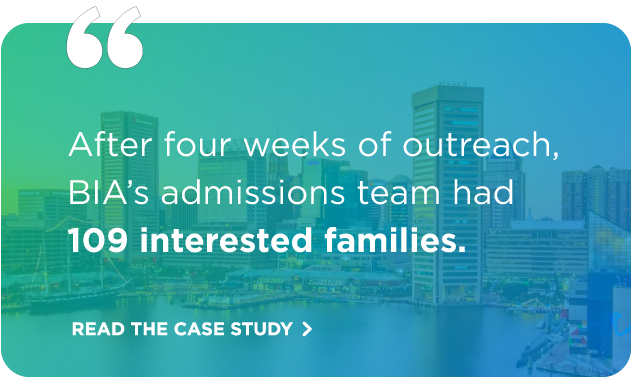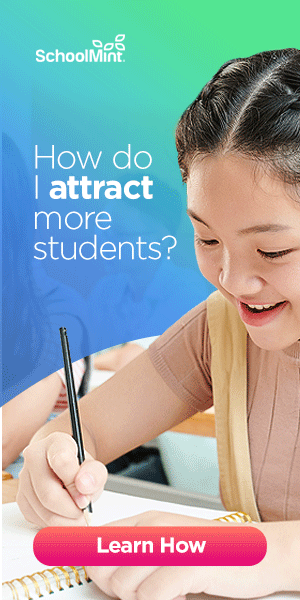Why Parents Don’t Choose Public Schools
Why do parents not choose public schools?
Note: This is the second installment in my two-part series on the choices parents make when choosing a school. This is designed for public school systems to identify their strengths and weaknesses in order to offer a compelling story and attract new families.
I recently discussed why parents choose public schools over other school options like charter or private schools. To recap:
- Public schools are what most parents are used to
- Public schools are convenient
- Public school teachers are certified
- Public schools offer a wide variety of academic and non-academic programs
- Public schools are diverse
Oh, and they’re also free.
Despite all this, approximately five million American students are enrolled in independent or religious schools.
Some of these families live in areas with poorly performing schools, and those with the means to select a different school for their children see little choice. However, most private school families live in districts with good — often great — public schools.
The average private school tuition is around $12,000 per year, with some schools costing significantly more. Families who can pay that tuition are typically the same ones who can also afford to live in districts with high-performing public schools — yet these families choose to spend significant money on private school tuition.
So what would make a family choose a private school when their public school options are equally as good? Or even better?
1. Public Schools Don’t Prioritize Enrollment
Just as some parents send their children to the local public school by default, some administrators assume families will come to them by default. After all, public schools are convenient and free. Parents will come to you...right?
Wrong.
Unlike public schools, where the administration is focused on their current classes of students, the administration at private schools always has their eye on the next handful of classes down the line.
The reason is pure economics: to survive, private schools need a steady stream of new students every year. A couple of years with poor enrollment can mean layoffs or worse.
What’s important to realize, however, is that public schools are just as dependent on student enrollment as private schools.

While school closures are rarer in the public space, no public school is immune to budget cuts (programs, salary freezes, deferred maintenance) due to lower enrollment. This means public schools have the same incentive to prioritize enrollment as their private school counterparts.
But by “prioritize enrollment,” I don’t just mean private schools print up snazzy brochures and put on a good show at school fairs. For successful private schools, enrollment is a continuous process that doesn’t take summers off.
It’s a commitment to strategic enrollment management that begins with optimizing their school website to attract prospective families to personalized follow-up after tours and everything in between.
Prioritizing enrollment doesn’t come easy.
Private schools commit both time and money to the effort, and they are counting on public schools to not do the same. They are willing to work hard to increase enrollment, and it shows.
The best way for public schools to counteract this advantage is to hire a Chief Enrollment Officer to manage the enrollment process from end to end. The Chief Enrollment Officer should be responsible for coming up with an enrollment strategy, establishing a culture of school customer service, and, most importantly, being accountable for the results.
Think of it this way:
- Most private high schools have a dedicated staff of three to five employees whose only job is to ensure enrollment at that school.
- At most traditional public schools, enrollment is one of many tasks assigned to an already overworked principal or counselor.
Considering this imbalance in resources, it’s no wonder so many families get recruited to private schools.
However, even if you are currently running a one-person show in your school or district, don’t feel overwhelmed right away and think you need to have your enrollment marketing strategy figured out by the end of this blog. Nor should you think you have to go at it alone.
SchoolMint offers enrollment consulting services that can help you identify your school’s strengths and weaknesses, including areas where you can make small changes that can affect your enrollment in big ways.
However, even if you do not have a budget to work with for enrollment marketing, there are countless low-cost or even completely free things you can do to increase enrollment.
Check out our guide below for 20 ideas: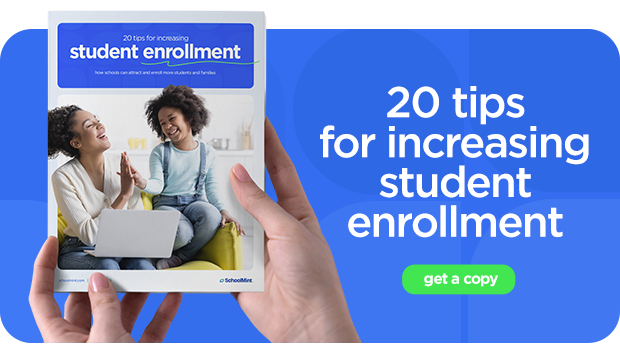
2. Public Schools Don’t Prioritize Customer Service
Private schools roll out the red carpet for parents. When a private school organizes an open house, prospective families are typically greeted with smiling faces, convenient parking, and the entire school community mobilized to make everyone welcome.
Families take note of this kind of school customer service, even if they don’t realize it. It doesn’t matter if you have a new, high-tech robotics lab if parents miss the tour because they can’t find parking.
School customer service is about more than putting on a happy face and making parents’ lives easier. Families want to know that if their child has an issue, the school will take it seriously and address it. They want to know that they’ll be able to get someone on the phone if they need help or that they can get a meeting with the teacher if their child is struggling.
Most of all, parents fear that they or their child may be lost in the crowd.
This is why personalization is such an important part of school customer service. Little things — handwritten notes to follow up on tours or phone calls from current parents offering to answer questions from prospective parents — show families that they will matter at their new school.
Private schools understand this. Public schools without a strategic approach to enrollment often do not.
Curious what customer service is like at your school? SchoolMint offers a secret shopper service that can yield invaluable, custom insights about a typical family’s experience with your school.
This relatively low-cost service will leave you with a personalized report about the state of customer service at your school, helping you drive major improvements with your daily operations and enrollment marketing efforts.
Get in touch here to inquire about a secret-shopper engagement.

3. Parents Think Private School Means Better School
When it comes to school, “free” can be cut two ways:
- On the one hand, raising children is expensive enough without the added expense of primary and secondary education. Have you seen how much college costs these days?
- On the other hand, when someone offers you a free newspaper on the street, do you read it? I sure don’t. If the newspaper was worth anything, wouldn’t they charge for it?
Parents don’t get the impression that a private school education is superior from nowhere.
Private schools spend time, energy, and money getting that message across. From their names and logos to their manicured lawns and matching uniforms, private schools work hard to evoke the image of an intellectual, collegiate setting where knowledge and learning thrive.
Public schools can push back on this by touting their own accomplishments.
While the best private schools sometimes can deliver an education that just isn’t possible in most public schools, the difference usually isn’t as stark as parents think it is. After all, even if a private school can boast higher test scores, that doesn’t necessarily mean they’re maximizing each child’s ability.
However, fear is a great motivator, and parents’ concern that their children might be losing ground to private school students or might be disadvantaged in the college admissions process down the line sometimes convinces them that — despite the financial and logistical stresses that private school often entails — the risks of not going are just too big.
Public schools MUST constantly remind parents (both prospective and current) about how great of an education can be received at their neighborhood public school.
If you’re not telling them this, don’t be surprised if they don’t know!
Using social media ads for your public school can help change this perception. By working with a team of social-savvy, professional enrollment marketers, you’ll spread the word in your community how your public school offers an education that prepares students to become successful adults — and you do it for free.
Learn how SchoolMint’s ad services team can help you get started with social media ads here.
4. Parents Think Private School Is Safer
Unfortunately, we live in a world where tragedies like school shootings are all too frequent, and private schools often provide a setting that at least seems safer than public schools.
Part of this is due to geography. Since public schools tend to be older, they tend to be located in city centers and busier parts of town, while newer private schools tend to be in the suburbs and on the outskirts of town.
In addition, private schools have more financial flexibility than public schools to spend on security guards and cameras.
Public schools sometimes rely on the police to provide security, which causes additional problems since the police tend to treat discipline problems as law enforcement problems, sometimes arresting students for non-violent actions in circumstances where private schools would handle the situation in house.
It’s also much easier for private schools to expel students who have discipline problems, dumping their problems on the doorstep of the local public school.
Finally, sensational violence in schools gets massive attention in the media, making it hard for schools to tell parents it’s no big deal.
If public schools want to allay parents’ safety fears, they need to address these concerns head on, showing parents that their campuses are not just as safe as private schools but are, in fact, safer than practically anywhere but the child’s own home.
Strategic Enrollment Management: Not Just for Private Schools
Everybody who works in education wants their school to be a success. Teachers want their students to learn, principals want their schools to excel, and coaches want their teams to win.
But when it comes to enrollment, the different elements within a public school often don’t work together in a focused, strategic way to attract and retain students.
When it comes to enrollment, the biggest difference between public schools and private schools isn’t the money or campus amenities or slick recruiting videos.
The biggest difference is that staff at private schools have a mindset where they are always working toward increasing enrollment, while the staff of public schools often have a mindset where enrollment is somebody else’s job.
A good Chief Enrollment Officer instituting a program of strategic enrollment management focused on school customer service can change all that — and change the school for the better.
Partner with the Expert in Public School Enrollment
As the industry expert in increasing student enrollment, SchoolMint knows what does — and definitely doesn’t — work to attract and enroll students. We’ve helped districts across the country solve their enrollment challenges, and we’re ready to help you, too.
We do this through our comprehensive suite of enrollment products and services:
- Enrollment microsite
- Enrollment consulting
- Social media advertising
- Applicant tracking system
- Enrollment management
Each of our solutions helps schools attract and enroll students — with no marketing expertise required on your end.
Whether you’re facing declining enrollment, flat enrollment, or steady enrollment that you want to accelerate, SchoolMint’s enrollment consultants are ready to work with you, understand your unique needs, and develop an enrollment strategy that’ll help you reach your enrollment goals.
Get in touch with SchoolMint today to discover the difference we can make for your school’s future.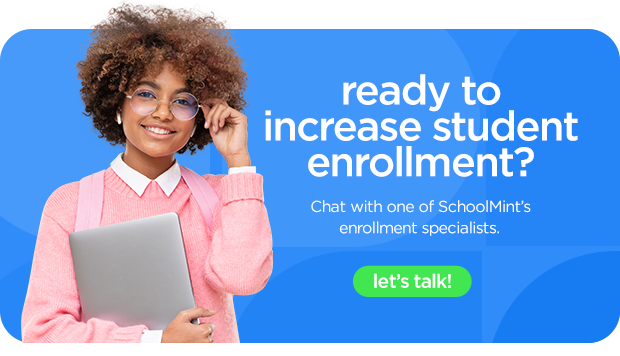
Share this
You May Also Like
These Related Stories
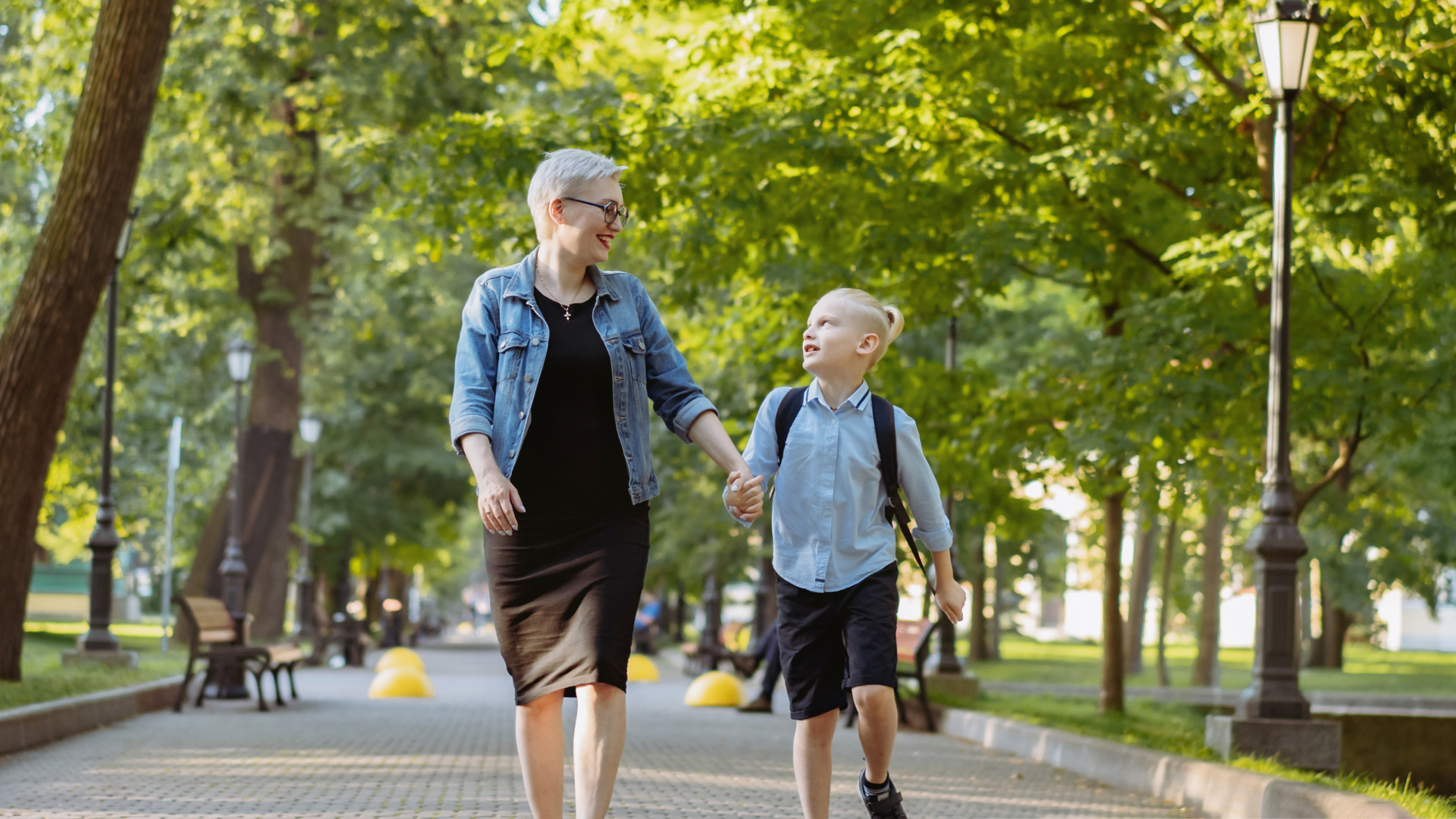
Why Parents Choose Public Schools
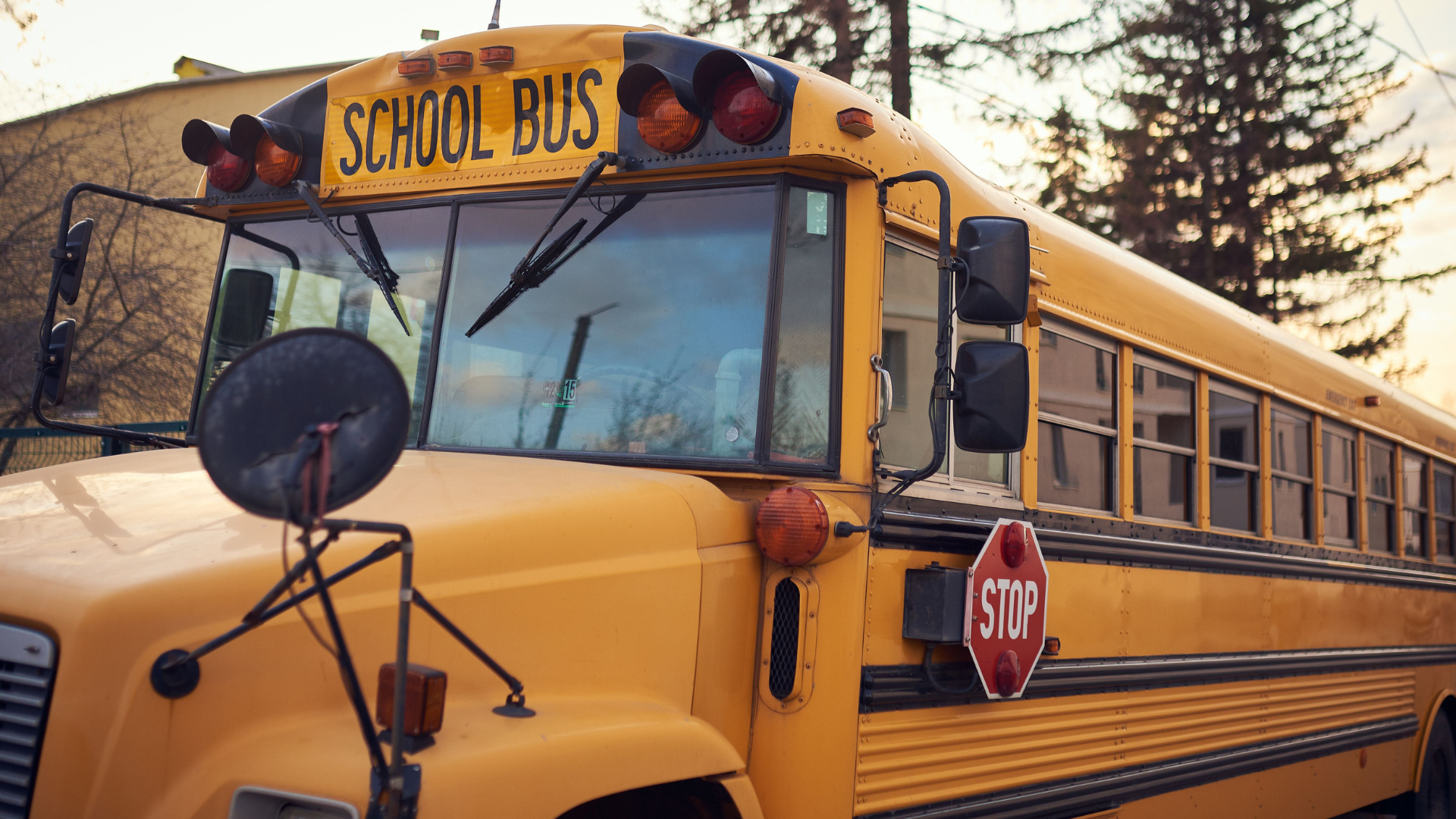
The Death of the Neighborhood School




